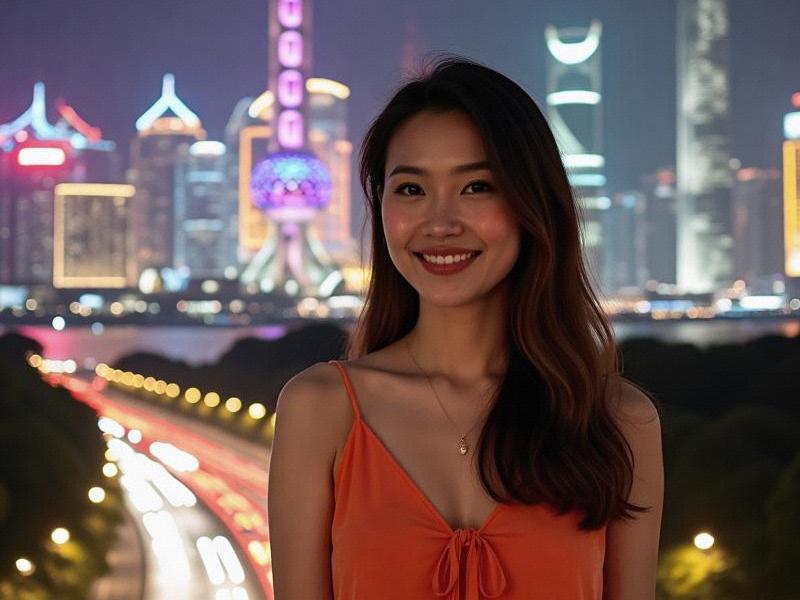This 2,500-word investigative piece explores how Shanghai's women are creating a new paradigm of urban femininity that blends Eastern traditions with global sophistication in 2025.

Section 1: The Shanghai Beauty DNA
Shanghai women have long been China's style vanguards. From the qipao revolutionaries of the 1920s to today's tech-savvy influencers, they've consistently redefined Chinese femininity. In 2025, this legacy continues through:
- Hybrid Aesthetics: 68% blend traditional Chinese elements with international trends
- Tech Integration: 84% use AI beauty apps daily
- Entrepreneurial Spirit: 42% of beauty startups are female-founded
Section 2: The 2025 Beauty Landscape
Market Research Reveals:
- Average monthly beauty spending: ¥2,300 ($335)
上海贵族宝贝龙凤楼 - Local brands capture 48% market share
- 73% prefer "smart cosmetics" with skincare benefits
- 65% follow virtual influencers
Industry Breakdown:
1. Digital Revolution
- AR makeup mirrors in 89% of department stores
- Blockchain-authenticated luxury goods
- AI-powered personalized skincare
上海娱乐 2. Cultural Innovation
- Modern qipao redesign movement
- Hanfu-meets-streetwear trend
- Heritage beauty ingredient revival
3. Economic Impact
- Beauty tech sector valued at ¥45 billion
- Shanghai hosts Asia's largest beauty tech expo
- Female executives lead 61% of major brands
Section 3: Social Dimensions
上海龙凤419
- Workplace Dynamics: The "power beauty" paradox in corporate culture
- Generational Shifts: How Gen Z differs from millennial approaches
- Male Perspectives: Changing expectations in relationships and society
Section 4: Global Influence
Fashion historian Dr. Liang Mei observes: "Shanghai women aren't just adopting global trends—they're remixing them with Chinese sensibilities to crteeasomething entirely new. Their style language is becoming Asia's new aesthetic currency."
As Shanghai solidifies its position as a global fashion capital, its women continue to lead this transformation—proving that true beauty power comes from confidently bridging cultural worlds while redefining what modern femininity means in 21st century China.